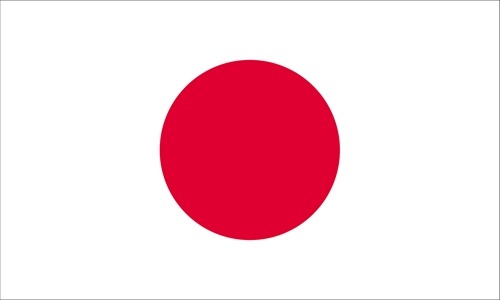Part 1 of 2 Parts
The movie Oppenheimer, its star Cillian Murphy and spectacular director Christopher Nolan, have picked up 13 Oscar nominations. Released in the US in July, it won’t be released in Japan until March 29. The reasons lie in Japan’s long and tormented relationship with nuclear weapons, and nuclear power. It seems that the long wait arose from anger over the marketing tie-up “Barbenheimer” with the Barbie film. Many Japanese felt the combo promotion trivialized the nuclear bombings of Hiroshima and Nagasaki. The design and development of the atomic bomb was led by J. Robert Oppenheimer, whom Mr. Murphy portrays in the film. However, some Japanese suggest the government was also glad for the film’s release to be delayed because it would not interfere with its plans to restart shuttered nuclear reactors.
In spite of its wartime trauma, Japan enthusiastically adopted civil nuclear power following World War II. Its first nuclear power plant went online in 1966, and it nuclear fleet expanding after the first oil crisis in 1973. This revealed its overdependence on suddenly expensive imported crude oil. By 2010, one fourth of its electricity came from its fleet of reactors.
When the magnitude 9 Tohoku earthquake hit in March 2011, it suffered another nuclear shock. The resulting tsunami flooded the cooling systems at the Fukushima nuclear plant which resulted in a meltdown and several explosions. Only one person was confirmed to have died from radiation exposure. However, all fifty four of the country’s reactors were shut down for checks and safety upgrades against any possible repeat.
Following the loss of its nuclear reactor fleet, Japan suffered electricity shortages and had to introduce stringent conservation measures. Japan increased imports of liquefied natural gas (LNG), causing a spike in worldwide prices.
Another earthquake shook the Noto Peninsula on January 1st of this year. The Noto earthquake was much smaller than the Tohoku quake at magnitude 7.6. It was still the biggest in the area since records began in 1885. It caused some damage to the shuttered Shika nuclear power plant nearby.
In spite of these setbacks, the Japanese government has remained keen to bring its commercial nuclear power plants back online. This would reduce the country’s energy import bill and bring it closer to its net-zero carbon goals. These goals were made even more acute in 2022 by the huge rise in gas prices as Europe sought alternative gas to replace supplies cut off by Russia.
Of the thirty-three Japanese nuclear reactors that remain operable, twelve have come back into operation since the Fukushima accident. In January, the restart of another plant, Onagawa 2, was delayed for several months because safety upgrade work was not yet completed. The goal of restarting almost all the remaining reactors by 2030 looks very difficult to reach, as public opposition continues.
Renewables, particularly solar power, have boomed in Japan. However, Japan still remains short of generation capacity when accidents or cold weather grips the nation. Even with these difficulties, the combination of reactor restarts and expanded renewables capacity has had an impact.
Please read Part 2 next
Nuclear Reactors 1347 – Japan Struggles To Restart Its Nuclear Power Reactor Fleet – Part 1 of 2 Parts

